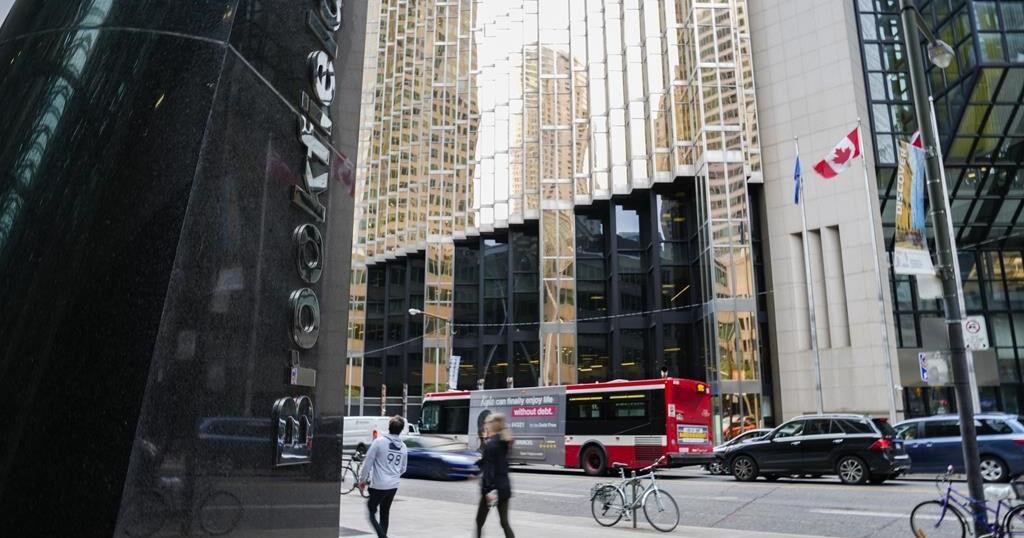When it comes to investing, it is natural for investors to seek exposure to themes that support their personal outlook as well as their associated investment goals. Investors commonly align their portfolios with a certain strategy or sector that they think is positioned to do well over the long term. For many, this means that they rarely know or understand the details of the holdings that make up their portfolios. In some cases, investors may want to gain or limit exposure to certain international markets, niche market segments, or even different types of securities, but they never really understand the details of how their portfolio is constructed.
Unfortunately, until recently, many investors never really stopped to consider the type of impact that the holdings of their portfolios have on the environment, society, communities, or the overall wellbeing of stakeholders. Commonly, profit and gain are primary investment goals, and little thought is given to anything else.
However, given the rise of environmental, social, and governance (ESG) investing and the underlying concern by many investors about related dimensions, strategies and the types of investment candidates that make it into portfolios are changing. In this article, we take a closer look at how mid-cap investors are taking ESG factors into consideration when identifying candidates for their portfolios.
Key Takeaways
- ESG investing is becoming a dominant theme for mid-cap investors to consider as part of their overall investment strategies.
- ESG scores and related metrics are becoming popular data points that can be found on ETF and company profile pages across financial media. These metrics will help mid-cap investors compare investment candidates through an ESG lens.
- Top holdings of a wide variety of ETFs targeted at themes such as clean energy offer investors an interesting array of investment candidates.
- ETFs such as the iShares ESG Screened S&P Mid-Cap ETF offer investors a new way of gaining exposure to a basket of ESG-filtered companies.
Environmental and Sustainable Investing
One of the factors that is top priority to ESG investors is the overall impact that investments have on the environment. The overarching goal of many ESG-based strategies is to reduce the global carbon footprint in an effort to address the climate crisis.
According to Larry Fink, founder, chairman, and chief executive officer of BlackRock, Inc. (BLK), in his 2022 letter to CEOs, “The next 1,000 unicorns won’t be search engines or social media companies, they’ll be sustainable, scalable innovators—startups that help the world decarbonize and make the energy transition affordable for all consumers.” Fink goes on to say that it will not be only the small companies to pave the way forward, but that many incumbents have an advantage in capital, market knowledge, and technical expertise.
In the spirit of this sentiment, the Blackrock CEO would likely agree that mid-cap companies, or those that currently have a market capitalization of between $2 billion and $10 billion, are also uniquely positioned to make a significant difference in the transition toward net zero carbon emissions.
Larry Fink is the CEO of BlackRock, which he and seven partners founded in 1988. Fink has been recognized for his leadership by Fortune, and other publications. Barron’s has named him one of the “World’s Best CEOs” for 15 consecutive years.
From a macro perspective, companies that prioritize the production and distribution of clean energy stand to benefit from government and corporate initiatives, as well as increased consumer demand for the foreseeable future. Each party mentioned above is calling for energy to come from sustainable sources such as wind, solar, and hydro.
Investors who are interested in gaining exposure to clean-tech companies can utilize standard stock screeners and then conduct their own research to narrow down the list of possible candidates, or more simply, they can look to the top holdings of popular exchange-traded funds (ETFs) such as:
- VanEck Environmental Services ETF (EVX)
- iShares Global Clean Energy ETF (ICLN)
- Global X Lithium & Battery Tech ETF (LIT)
- Invesco Solar ETF (TAN)
- Invesco WilderHill Clean Energy ETF (PBW)
- ALPS Clean Energy ETF (ACES)
- Invesco Global Clean Energy ETF (PBD)
- VanEck Low Carbon Energy ETF (SMOG)
- First Trust Global Wind Energy ETF (FAN)
- SPDR Kensho Clean Power ETF (CNRG)
Some “clean” ETFs contain securities from oil and auto companies because these companies devote some of their research to alternative energy. Investors should research to determine if an ETF aligns with their values and investment goals.
ESG Scoring
Those who are new to ESG investing will be interested in knowing that several firms have established standardized scoring methodologies. ESG scores can be used to compare companies and funds across many different metrics such as a fund’s exposure to carbon-intensive companies. In many cases, metrics are all taken together to come up with one total ESG score that can be found for a significant portion of publicly traded funds and securities.
For example, the MSCI ESG rating is designed to measure a company’s resilience to long-term industry material environmental, social, and governance risks. The rules-based methodology identifies leaders and laggards based on a scale from AAA through to CCC. MSCI also has an overall ESG Quality Score between 0 and 10 for ease of comparison.
Aside from MSCI ESG Ratings, other common ESG scoring metrics come from S&P Global ESG Scores, or Refinitiv Lipper, all of which are becoming quite common on the detail pages of many publicly traded ETFs.
iShares ESG Screened S&P Mid-Cap ETF
So far, this article has focused on the environmental and sustainable factors of ESG investing since they are currently highest priority to most investors. However, dimensions such as exposure to controversial business areas and other governance-related issues are also very important. While filtering on specific types of business exposure and governance-related issues is more complicated than filtering on exposure to broad industries such as wind or solar, it is not impossible for those who are interested.
Conversely, those who do not have the time, experience, or interest to conduct ESG-based screens may be interested in ETFs such as the iShares ESG Screened S&P Mid-Cap ETF (XJH), which utilizes screening techniques to reduce exposure to company involvement in controversies and controversial business activities. In the case of XJH, the fund’s managers seek to remove exposure to controversial weapons, small arms, tobacco, oil sands and shale energy, thermal coal, and fossil fuel reserves. The fund has an MSCI ESG Fund Rating of A and an overall ESG Quality Score of 6.4 out of 10.
The Bottom Line
The future of ESG investing is bright, and especially when it comes to mid-cap companies that are aligning with government and consumer demand for energy from sustainable sources. Investors are more concerned than ever when it comes to ESG-related topics such as low carbon emissions strategies, reducing exposure to controversial business areas, product quality, worker safety, labor standards, voting rights, executive pay vs. employee pay, and long-term sustainability.
ESG scoring metrics are starting to be shown on many profile pages of ETFs as well as on company quote pages in financial media. As ESG continues to grow in prominence, it is natural that the role of the scoring methodologies will continue to play an important part of investment strategies and that we will start to see more ETFs like the iShares ESG Screened S&P Mid-Cap ETF.
What Is ESG Investing?
ESG stands for environmental, social, and governance. Socially conscious investors use a variety of dimensions across these three areas to filter potential investment candidates.
Is Buying a “Clean” ETF Considered ESG Investing?
Certain holdings of “clean” ETFs may not align with the goals and values of an ESG investor. For example, sometimes a holding such as a large-cap oil-and-gas company will be added to a “clean” ETF due to its investments or intentions in the alternative energy space. It is always a good idea to conduct your own research to ensure that investments align with your values and investment goals.
What Is an ESG Rating?
ESG ratings are comprehensive measures of a company or an investment fund’s long-term commitment to socially responsible investments and dimensions across environmental, social, and corporate governance. ESG scoring metrics are now available from a variety of companies. One of the most popular are MSCI ESG ratings.


























